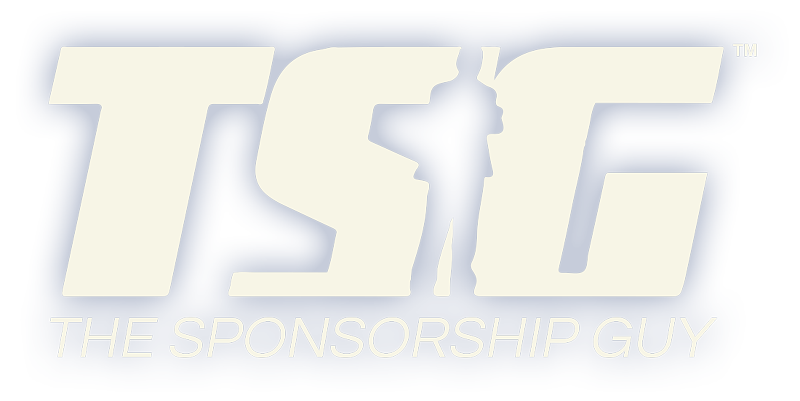Pro Tips: Who is Your Sponsor Prospect?

During a conversation with a colleague recently, she brought up a point that I hadn’t heard considered before. That sponsors mostly don’t think of themselves as a “sponsor”. Their goal isn’t to sponsor something. Their goal is to find new customers, promote or sell their products, educate prospects and existing customers, create a buzz and many other objectives.
As a result, their frame of mind and very likely their job doesn’t have sponsorship in the title. They are sales leaders, marketing executives, business owners, event producers, and a variety of specialties from each of those categories. So, when they think about your event or property their goal of frame of reference isn’t with the objective to be a sponsor, it’s to achieve and objective and ROI that relates to their responsibilities.
In order to meet their needs, you should consider reframing your point of view to better understand theirs. You can turn this into a better and more aligned value proposition and focus on the aspect of your offering that will get them where they want to go. You will want to use that insight to customize your outreach and your proposals so that they appeal to the way the prospect thinks.
If your outreach assumes that there is such a thing as a sponsor persona, your messaging is going to be off target a significant percentage of the time. Here are some job titles I have covered in a previous blog as prospects that don’t have sponsorship in their job title and how you may want to frame your outreach:
- Field Marketing | This team is likely to
be directly engaged with events and properties. Their job is to find the best
event for their product or services. Focus on how well your event aligns for
them. - Event or Events | Managers and marketers
with Event or Events in their titles are often the ones who are looking for
you. Many businesses invest in events as a marketing channel. They will be looking
for a predetermined event profile. - Brand Manager| The brand is their baby.
The right event can raise the profile, target their known consumers or align
brand values. They also know where the money is for the brand. Your objective
is to create a wow moment where the realize you can raise their profile at
scale and create buzz and viral social engagement. - Sales | You must nail down exactly how
they can convert your attendees into customers. - Marketing Communications | Marcom is in
the middle of everything. A good event is a tool in their box. These folks know
the brand message, align with it. - Consumer Engagement | If activation is a
strong suit of your property, this is a good place to start. Every company
wants more customers, show them your audience contains their ideal consumers. - Marketing and Activation | Think lead
generation and conversion. If your event has an audience that matches the
prospect’s needs, they may want to influence, educate and sell them. - Promotions | Sampling, engagement and
awareness of well aligned audiences needs a place to happen. Promote how you do
this better and at scale. - Business Development | If your property
or event can help open an important channel, this is a great connection to make
especially for conferences that align. This prospect is only interested in who
is attending and how they will connect with them. You should call out companies
and high-profile attendees that they want.
If you only do one thing to revise your approach, be sure it is to talk about them not you. Most events make the mistake of creating a ton of info that isn’t relevant including details like who the president of your company is and how great you are. Your prospects only care about what helps them meet their objectives. Prove that you are better positioned that the competition to give them what they want and need.

